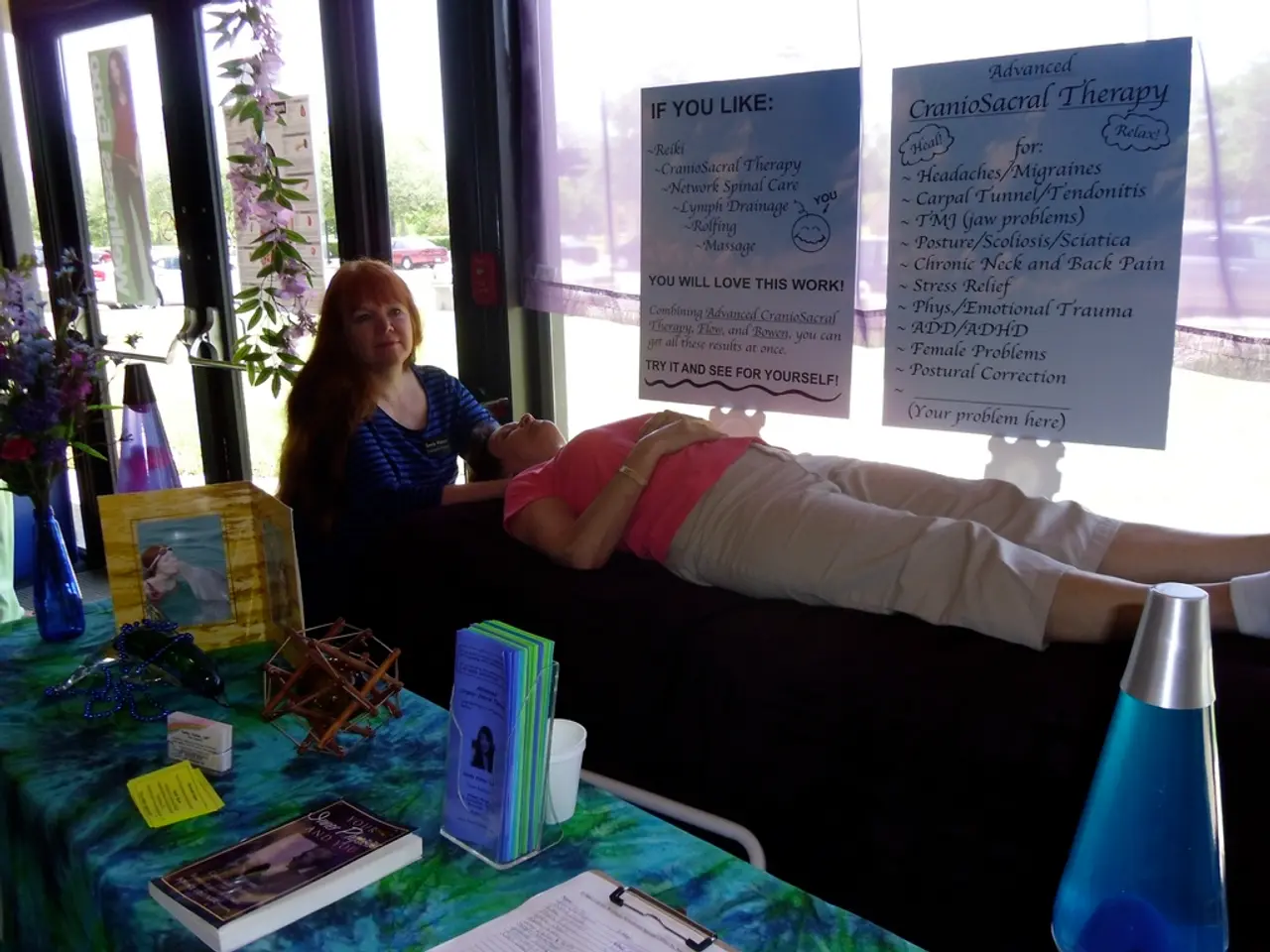Breast Cancer and Back Pain Connection: Insights into Symptoms, Diagnosis, and Remedies
Back pain is a common symptom that can occur in individuals with advanced stage breast cancer, particularly when the disease has metastasized to the bones. This article aims to provide an overview of the signs, causes, and potential treatments for back pain related to advanced breast cancer.
When breast cancer spreads to the bones, it often affects the spine, ribs, hips, pelvis, or upper limbs. One of the most noticeable symptoms is severe or unexplained back pain that may worsen when lying down or during certain movements. This pain is often described as "gnawing" and can occur at rest or at night. Other symptoms may include pain around the chest or belly, depending on the location of bone involvement, and pain that changes with position. In some cases, fractures (breaks) without injury may occur due to weakened bones.
If a person with a diagnosis of breast cancer experiences back pain, it is essential to seek medical advice. A doctor may recommend a scan to check for changes in the body.
The causes of back pain in advanced breast cancer can be attributed to bone metastases, spinal cord compression, or post-treatment complications. Bone metastases occur when breast cancer cells spread to the bones, causing pain by damaging bone tissue or compressing nearby nerves. Spinal cord compression results from tumors pressing on the spinal cord, causing neurological symptoms such as difficulty walking, numbness, and loss of bladder or bowel control. Post-treatment complications, such as nerve damage from surgery or radiation, may also contribute to persistent pain in the chest or back area.
In addition to back pain, other systemic signs due to bone metastases can include low blood cell counts, leading to a higher risk of infections, anemia, bruising, and bleeding. Hypercalcemia (high calcium levels in the blood) can also occur, causing nausea, vomiting, fatigue, frequent urination, confusion, and extreme thirst.
While breast pain itself is not commonly a sign of breast cancer, inflammatory breast cancer can cause tenderness or pain in the breast, but this typically accompanies other symptoms like redness, swelling, and warmth of the breast.
For a person with stage 4 breast cancer, a range of treatment options can help improve their comfort and quality of life. These may include prescription pain relief medication, radiation therapy, bisphosphonates (such as pamidronate or zoledronic acid), denosumab, chemotherapy, hormonal therapy, and targeted therapy. Relaxation techniques, such as reiki, rhythmic breathing, shiatsu, music therapy, massage, hypnosis, acupuncture, and gentle yoga, may also help reduce pain due to stress.
Joining support groups can provide emotional support for a person with breast cancer, while exercise and activity can help reduce stiffness in the back. The Breast Cancer Healthline app gives people access to an online breast cancer community, where users can connect with others and gain advice and support through group discussions.
In conclusion, back pain in advanced breast cancer is most often due to metastatic spread to the bones, particularly the spine, and may present with worsening gnawing pain, fractures, and neurological symptoms from spinal cord involvement. Prompt reporting of new or worsening back pain is critical to manage potential complications effectively.
- A naive individual may dismiss severe or unexplained back pain as a regular ache, unaware that it could be a sign of advanced breast cancer that has metastasized to the bones.
- Breast cancer can Establish itself in various parts of the body, including the bones, and when it does, it may cause a person to experience painful sensations in their back.
- Backpain, especially when combined with other symptoms like chest or belly pain, unexplained bone fractures, and neurological issues, might indicate cancerous growth in the bones.
- Switchers, those seeking new treatment options for their advanced breast cancer, may find relief with prescription pain relief medication, radiation therapy, bisphosphonates, denosumab, chemotherapy, hormonal therapy, and targeted therapy.
- Medical professionals who treat cancer patients, or treaters, are essential in diagnosing and managing breast cancer's effects on a person's health, including back pain.
- For people diagnosed with breast cancer, it's crucial to seek medical advice, especially if they experience persistent back pain, as it could be a sign of a more advanced stage of the disease.
- The health-and-wellness community offers various resources for seeking support during cancer treatment, including support groups, fitness-and-exercise programs, and health-related apps like the Breast Cancer Healthline app.
- Advanced breast cancer can cause various medical-conditions, like back pain, which can be treated by a combination of conventional medical approaches and complementary therapies like relaxation techniques and alternative medicine.




